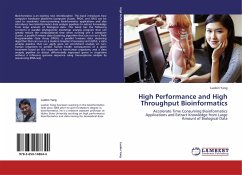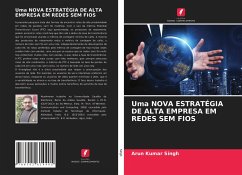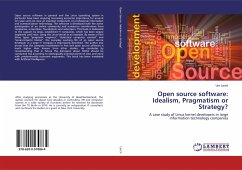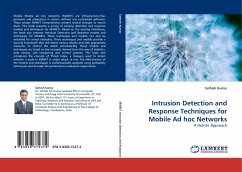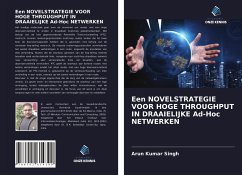
A NOVEL STRATEGY FOR HIGH THROUGHPUT IN WIRELESS Ad-Hoc NETWORKS
Versandkostenfrei!
Versandfertig in 6-10 Tagen
36,99 €
inkl. MwSt.

PAYBACK Punkte
18 °P sammeln!
The present research deals with the ways to find high-throughput routes in multi-hop wireless packet networks. With the use of the Potential Transmission Count (PTC) metric presented here, routing protocols can find multi-hop routes that have up to twice of the throughput that has been found using the minimum hop-count metric. Most routing protocols reduce the hop-count metric, the number of wireless links in a route, regardless of the performance of each link. Routes preferred by the hop-count metric often contain lossy links, as a multi-hop wireless networks are expected to contain many loss...
The present research deals with the ways to find high-throughput routes in multi-hop wireless packet networks. With the use of the Potential Transmission Count (PTC) metric presented here, routing protocols can find multi-hop routes that have up to twice of the throughput that has been found using the minimum hop-count metric. Most routing protocols reduce the hop-count metric, the number of wireless links in a route, regardless of the performance of each link. Routes preferred by the hop-count metric often contain lossy links, as a multi-hop wireless networks are expected to contain many lossy links, which reduce throughput. PTC prefers shorter routes with better links because it always selects high-throughput routes therefore; the PTC metric is based on the loss ratio of each link in a route, as well as, the number of links in a route.Throughput is not the only property that requires concern of the network users. For example, voice and interactive users prefer low delay, while video users want to minimize jitter, which is the variability in delay and throughput. The focus of this work is to find out these applications and many other benefits from increased throughput.





